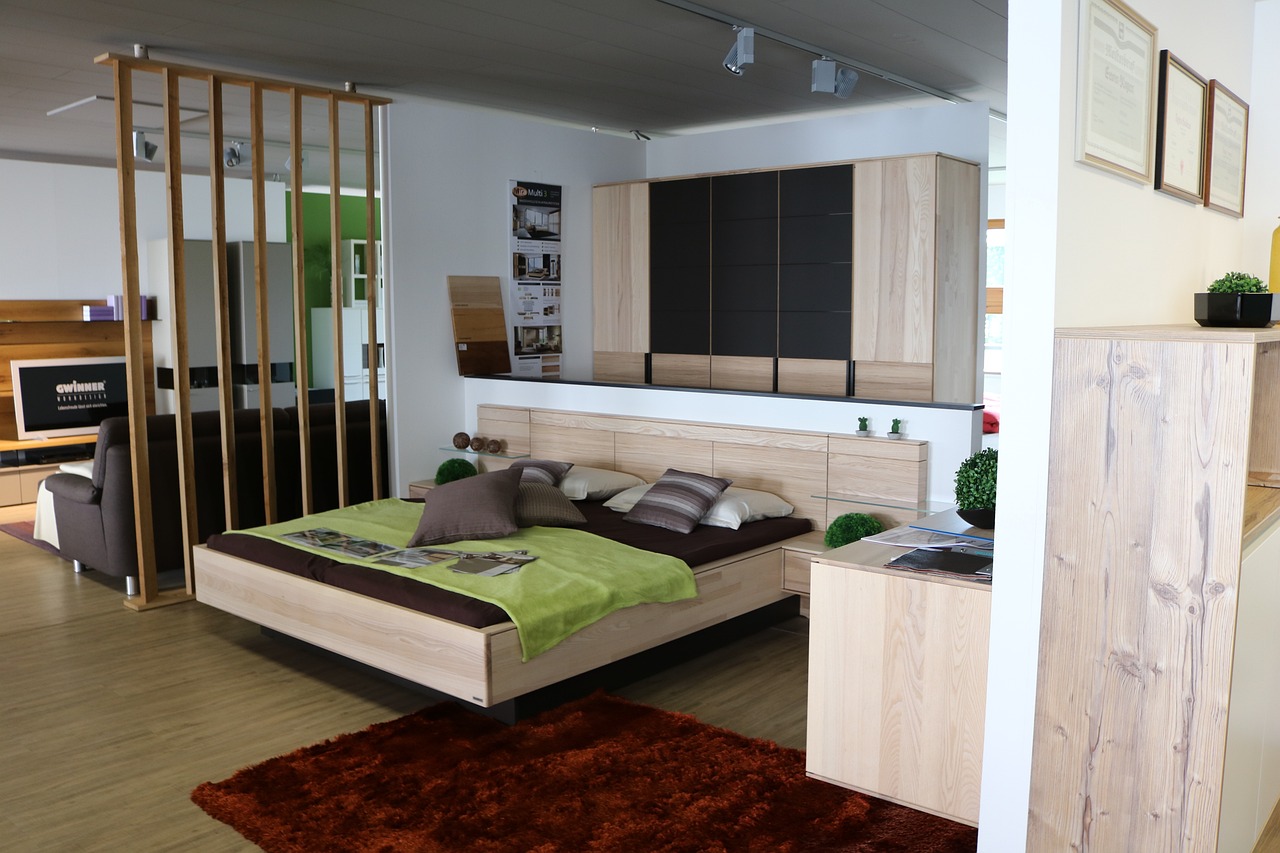Dresser: Practical Guide to Use, Design, and Space-Saving
A dresser is a common piece of furniture that combines functional storage with visible design impact in a room. Used for clothes, linens, and small items, a dresser can organize daily routines while contributing to the overall aesthetic of a bedroom or other living space. This article explains types, organization tips, placement, and space-saving approaches.

Furniture: how a dresser fits in a room
A dresser serves both practical and visual roles as furniture. Practically, it provides drawer-based storage that keeps folded garments, accessories, and small household items accessible but out of sight. Visually, a dresser’s scale, finish, and hardware help define a room’s style: contemporary, rustic, mid-century, or traditional. When choosing a dresser relative to other furniture, consider proportions (height vs. bed height), circulation paths, and complementary materials. A well-chosen dresser balances with a bed, nightstands, or wardrobe so the room reads as a coordinated set rather than mismatched pieces.
Storage: dresser organization and capacity
Dressers vary widely in drawer depth, height, and interior layout, and thoughtful organization maximizes their usefulness. Use drawer dividers, small trays, and folding systems to separate socks, underwear, and accessories. Roll or file-fold garments to increase visible access and reduce wrinkles. Consider deeper drawers for bulkier items like sweaters and shallower drawers for thin garments or jewelry. Labeling or color-coding drawers can help in shared households. For multifunctional storage, the top of a dresser can hold trays for daily essentials or small baskets for seasonal items, keeping frequently used objects within easy reach.
Dresser types and design materials
Dressers range from compact chests to long, low dressers and can be made from solid wood, engineered wood, metal, or mixed materials. A chest-on-chest vertical dresser saves floor space while a long dresser provides a broad surface for styling and mirrors. Material choices affect durability and maintenance: solid hardwood tends to last longer and can be refinished, while engineered boards offer steady pricing and uniformity. Hardware, drawer glides (wood-on-wood, ball-bearing, soft-close), and joinery are practical factors; look for dovetail joints or reliable glides if longevity is important. Finish and color should align with other furniture in the room to create cohesion.
Home placement and styling tips for dressers
Placement affects both function and flow. In bedrooms, dressers are often placed on a wall opposite the bed or adjacent to a closet for convenient dressing routines. Ensure enough clearance to open drawers fully and to move around the room; allow at least 30–36 inches of circulation where possible. Styling a dresser can be simple: a mirror above a dresser creates a dressing station and increases perceived space, while a few curated items—lamp, tray, framed art—keep the surface from looking cluttered. For multi-use rooms, position a dresser so it can serve as a media stand or console, but be mindful of weight limits and ventilation for electronics.
Space-saving dresser solutions for small rooms
Small rooms benefit from dressers designed with space efficiency in mind. Vertical chests use floor area sparingly while maximizing storage capacity. Combo units that integrate a dresser with a closet system or a bed with built-in drawers can reduce the need for additional furniture. Narrow dressers and shallow-depth models allow placement in hallways or alcoves. Consider dressers with modular or removable dividers for flexible storage, or choose units with dual-purpose tops (folding station, changing pad) in compact flats. Wall-mounted shelves above a dresser or under-bed storage can complement dresser capacity without increasing the footprint.
Dresser care and long-term considerations
Maintenance and lifespan are influenced by material, construction quality, and use. Routine care includes dusting, occasional polishing for wood finishes, and tightening hardware. Avoid overloading drawers, and distribute weight evenly to prevent warping or sagging glides. If you’re considering secondhand or vintage dressers, check for structural soundness, existing repairs, and non-toxic finishes—older pieces may require refinishing or stabilization. For households seeking local services such as upholstery repair, refinishing, or delivery, look for reputable providers or furniture restorers in your area who can advise on suitability and any necessary refurbishment.
A dresser can be a practical anchor in a room’s layout, a discrete storage solution, and a way to express interior style. Selecting the right type, organizing drawers thoughtfully, and placing the unit with attention to circulation and multiuse needs will help a dresser perform well over time while supporting an orderly, comfortable home environment.






